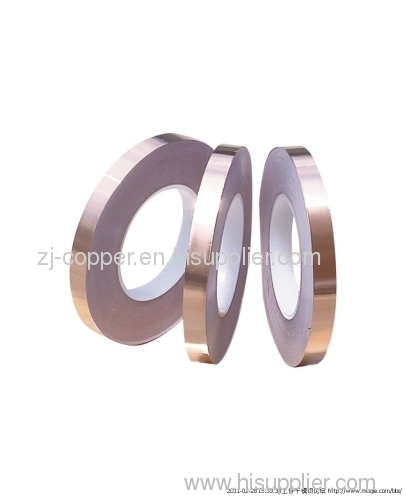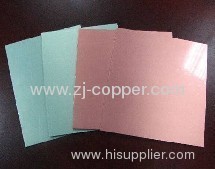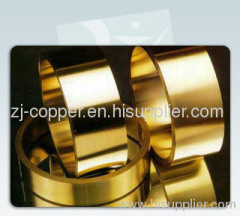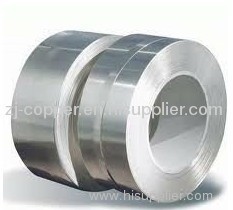
|
Zhejiang JinYuan Copper International Co., Ltd.
|
Copper Nickel Alloy Sheet
| Price: | 0.1 USD |
| Payment Terms: | T/T,L/C,WU |
| Place of Origin: | Zhejiang, China (Mainland) |
|
|
|
| Add to My Favorites | |
| HiSupplier Escrow |
Product Detail
Copper Nickel Alloy Sheet
Excellent Resistance to Corrosion and Bio Fouling in Sea Water
Copper Nickel Alloy Sheet, 90/10 Copper Nickel Alloy Sheet:
Excellent Resistance to Corrosion and Bio Fouling in Sea Water
Excellent Resistance to Corrosion and Bio Fouling in Sea Water
Copper-nickel alloys sheets have high resistance to sea water environments. There are two common alloys, containing nominally 10% and 30% of nickel. The 10% nickel alloy is the most widely used for sea water handling service.
There are several variations in composition giving other alloys within the cupper nickel series. A small content of iron is essential for best performance. Copper-nickel alloy is an established alloy for many of the world's navies. It is also used in merchant shipping, the power industry and offshore for a variety of purposes.
Copper Nickel Sheet Applications:
Copper Nickel Alloy Sheet Chemical Composition:
The excellent bio-fouling and corrosion resistance of 90/10 copper-nickel sheet coupled with its mechanical strength and low resistance to water flow, make it an ideal material for the large scale development of underwater pens and enclosures. thus adding a new dimension to fish farming.
The biocidal properties of the 90/10 copper-nickel alloy sheet surface help to prevent fouling of fish cages fabricated from woven wire or expanded mesh. There is no extra uptake or accumulation of copper by the fish. They are as palatable as those grown naturally and appear to grow more rapidly than fish reared in cages of other material.
Copper Nickel Sheet Applications:
Offshore Fire Water Systems
Sea water deluge fire extinguishing systems in copper nickel alloy sheet have been selected for offshore platforms over many years. Copper nickel alloy pipework on a natural gas platform in Morecambe Bay, UK.
Good thermal conductivity and corrosion resistance to the sea water flow rates required have allowed copper-nickel tube to remain an established alloy where high reliability is called for.
Sea Water Intakes
Fouling on intakes and intake screens can restrict water flow and if detached cause blockages to heat exchangers or cause mechanical damage to pumps and valves. Copper-nickel sheet with its high resistance to macrofouling can be very beneficial in this application.Copper Nickel Alloy Sheet Chemical Composition:
Alloy | Name | Copper | Nickel | Iron | Lead |
C70600 | 90-10 copper nickel | ~ 89 | 9.0 – 11.0 | 1.0 – 1.8 | < 0.05 |
C71500 | 70-30 copper nickel | ~ 69 | 29.0 – 33.0 | 0.4 – 1.0 | < 0.05 |
Didn't find what you're looking for?
Post Buying Lead or contact
HiSupplier Customer Service Center
for help!
Related Search
Nickel Copper Alloy Sheet
Nickel Copper Alloy Wire
Nickel Alloy Sheet
Copper Nickel
Nickel Copper
Nickel Alloy
More>>























